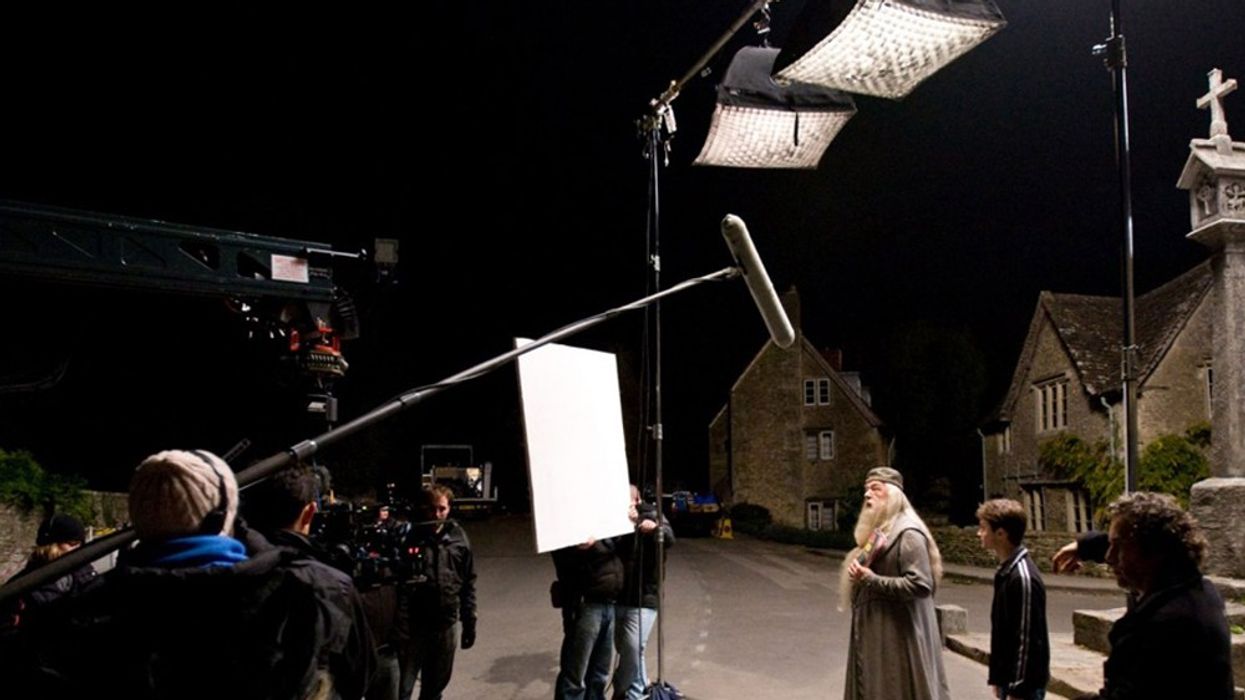Deconstructing Film Lighting: What Kinds of Sources Do the Pros Use?
Gaffer Julian White offers a masterclass in deconstructing Hollywood lighting.

Whether you're trying to get that soft lighting, hard lighting, backlighting, or anything in Film Noir, film lighting can be a helluva setup. If you want to light like the movies, you have to dissect some of your favorite scenes to learn how they're set up.
But how can you do that without knowing the intricacies of how film lighting works?
Enter Julian White, a professional gaffer who breaks down some of the best and most unique film lighting inside Hollywood.
In just six minutes, White coaches you through a masterclass of lighting and setups to help you learn from the complex and interesting setups that gaffers utilize on sets every day.
Check out the full video from Cooke Optics TV below!
I love the reveals of what's practical light, which are just creative ways to point tungsten lamps and even the uses of ring-lights in modern cinema. Heat is also a big factor, so it's no wonder LEDs and even China Balls are so prevalent on sets.
What are some of your biggest takeaways from the video?
Let us know in the comments.
Lighting cheat sheet:
Temperature Source
1,700 K: Match flame
1,850 K: Candle flame, sunset/sunrise
2,700–3,300 K: Incandescent lamps
4,100–4,150 K: Moonlight
5,000 K: Horizon daylight
5,500–6,000 K: Vertical daylight
6,500 K: Daylight, overcast
15,000–27,000 K Clear blue poleward sky
What's next? Learn 3 easy ways to light the actors' faces!
Knowing how to light scenes is one of the essential skills every cinematographer must have. And there are huge differences between lighting inanimate objects, reflective materials, animals, and humans in different locations or small spaces. The various lighting styles have the ability to greatly alter the moods of scenes.
Another thing you need to know is how light can affect the appearance of actors' faces. In one of their recent videos, Aputure tackles the basics of shaping faces with different lighting styles and tools.
Director of photography William Hellmuth walks viewers through the steps of three lighting techniques.
Click the link to learn more!











